Category: General
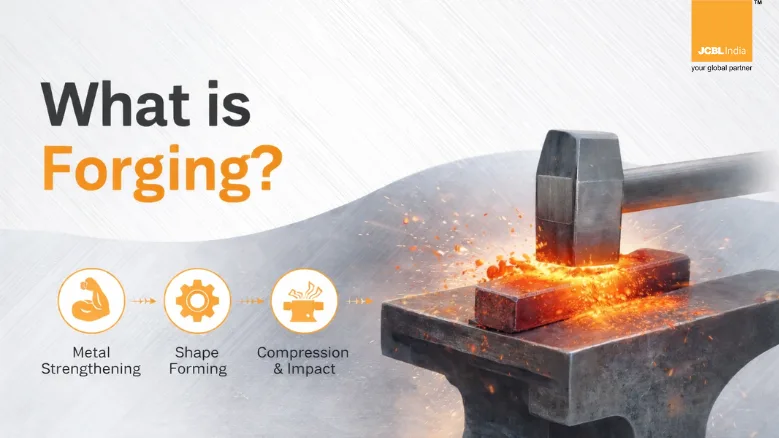
What is Forging?What is Forging?
In manufacturing, forging is a proven metal-shaping method used to produce components that require high strength, durability, and reliability. The forging refers to the process in which the metal is [...]
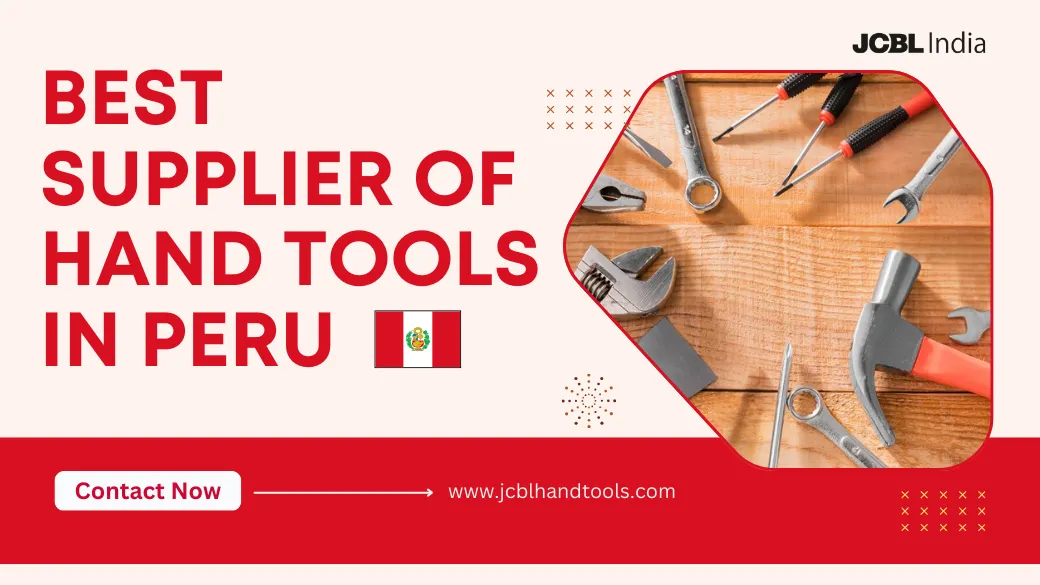
Best Supplier of Hand Tools in PeruBest Supplier of Hand Tools in Peru
In the dynamic landscape of Peru’s economy, industries like construction, mining, automotive, and agriculture are driving growth at an unprecedented pace. From Lima’s rapidly expanding urban infrastructure to the mining [...]
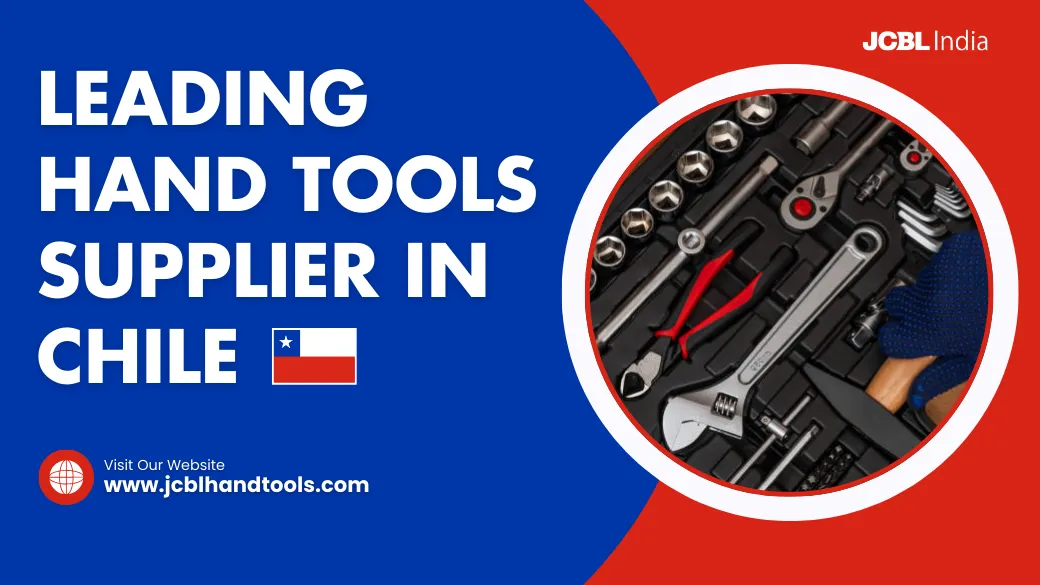
Leading Supplier of Hand Tools in ChileLeading Supplier of Hand Tools in Chile
In the ever-evolving industrial and construction sectors of Chile, the demand for high-performance hand tools has reached new heights. From the bustling construction sites in Santiago to the rugged mining [...]
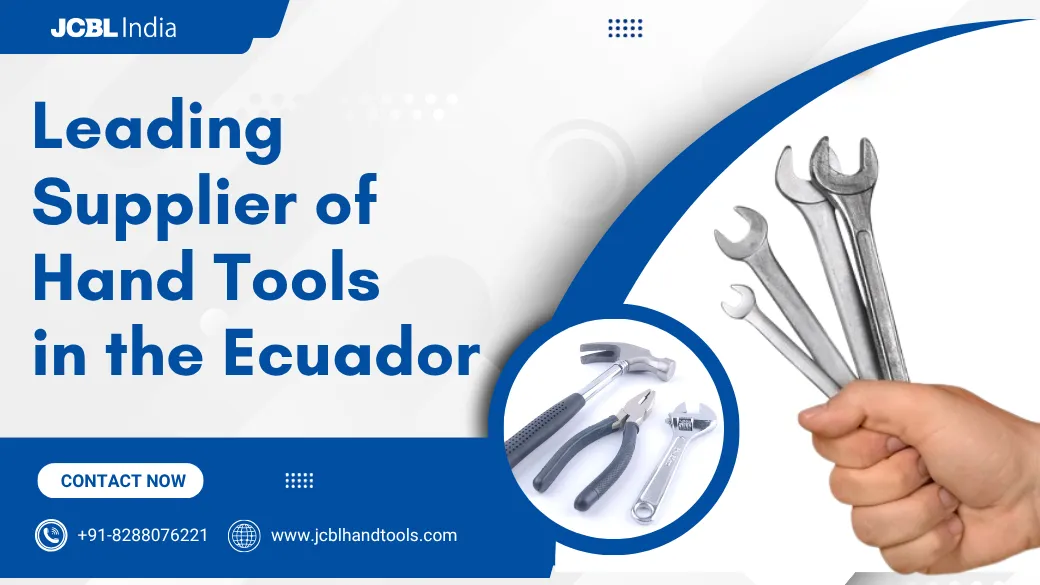
Leading Supplier of Hand Tools in EcuadorLeading Supplier of Hand Tools in Ecuador
When it comes to building, repairing, maintaining, or creating, the quality of your tools can either empower or limit your potential. For professionals in Ecuador’s expanding industrial, construction, and automotive [...]
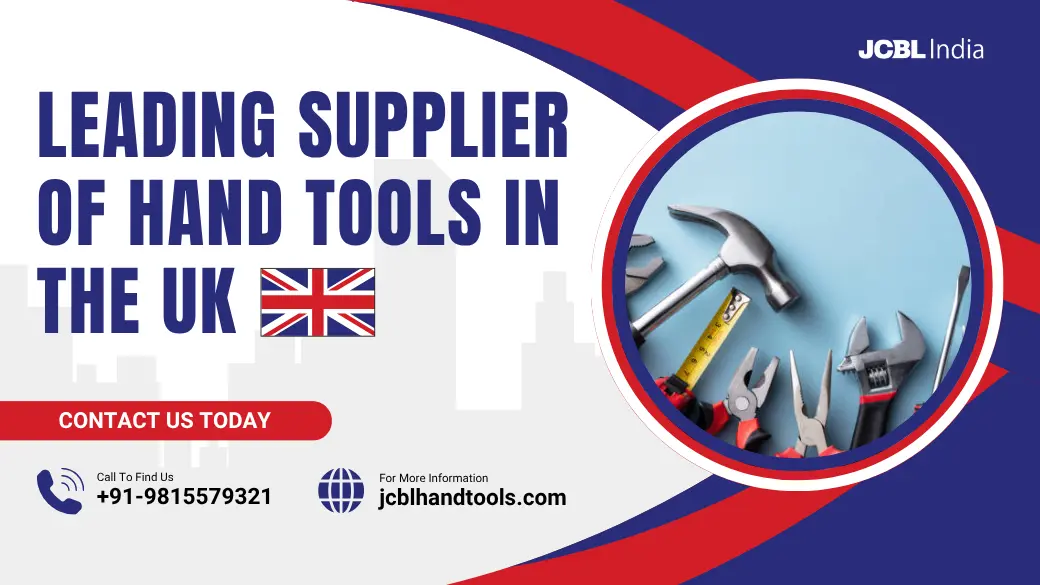
Leading Supplier of Hand Tools in the UKLeading Supplier of Hand Tools in the UK
In the world of craftsmanship, construction, and mechanical innovation, the tools in a worker’s hands are as important as their skills. The UK, known for its legacy of precision engineering [...]
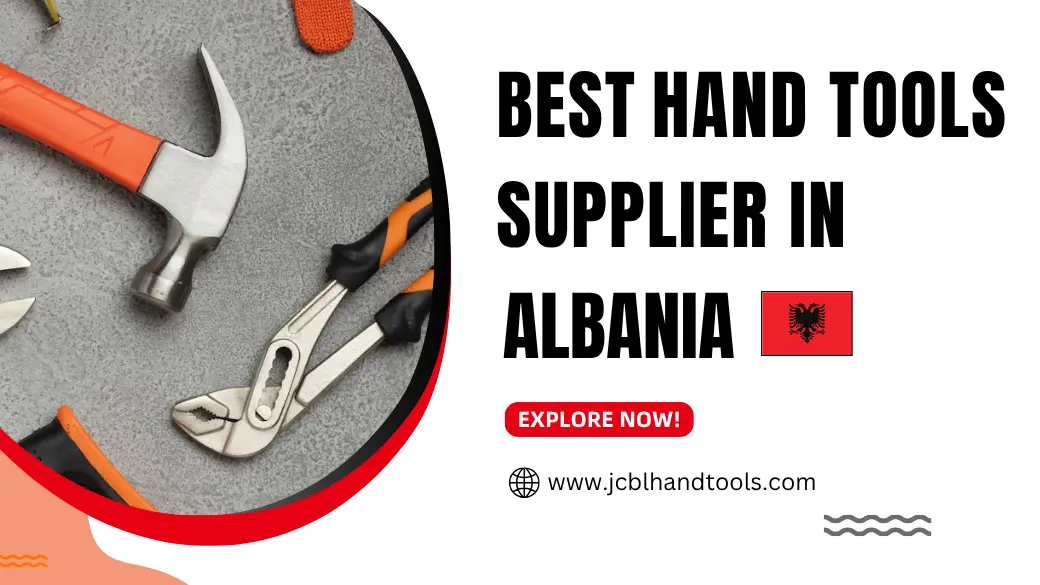
Best Hand Tools Supplier in AlbaniaBest Hand Tools Supplier in Albania
When it comes to getting the job done right, the quality of your tools matters just as much as your skills. In a growing industrial hub like Albania, where construction, [...]
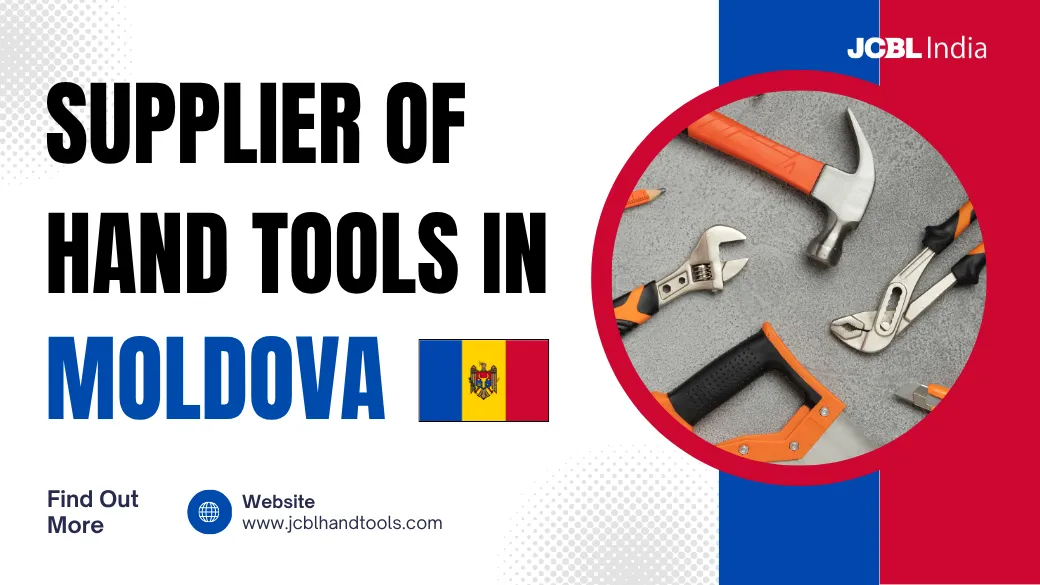
Leading Supplier of Hand Tools in MoldovaLeading Supplier of Hand Tools in Moldova
In recent years, Moldova has witnessed a significant shift in the way people build, repair, and create. Whether it’s a homeowner revamping their kitchen cabinets, a local contractor working on [...]
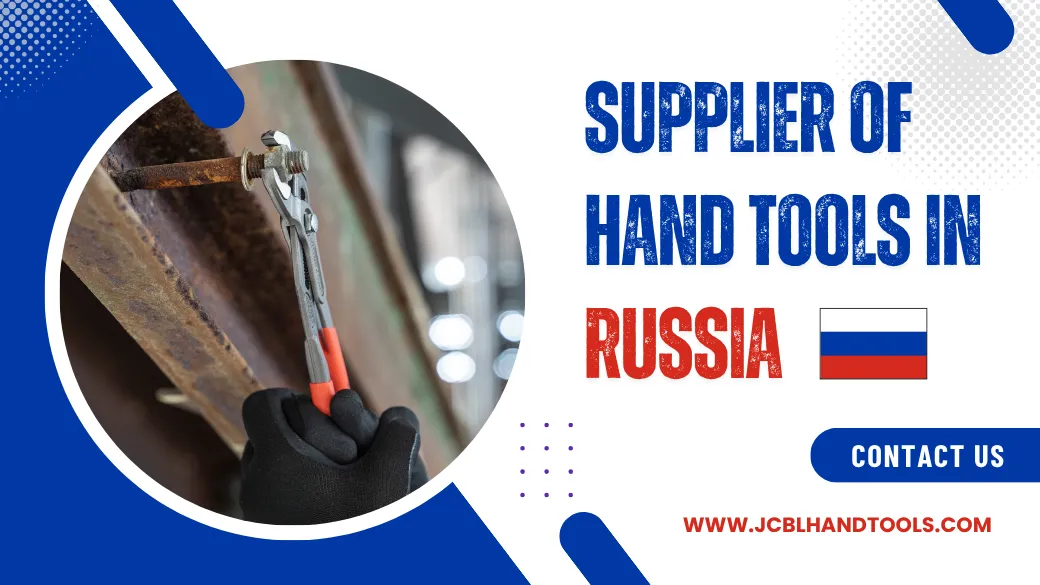
Leading Supplier of Hand Tools in Russia – JCBL Hand ToolsLeading Supplier of Hand Tools in Russia – JCBL Hand Tools
Whether you’re a homemaker, professional, or DIY enthusiast, having the right tool makes all the difference. The quality, durability, and ergonomics of hand tools not only affect your productivity but [...]
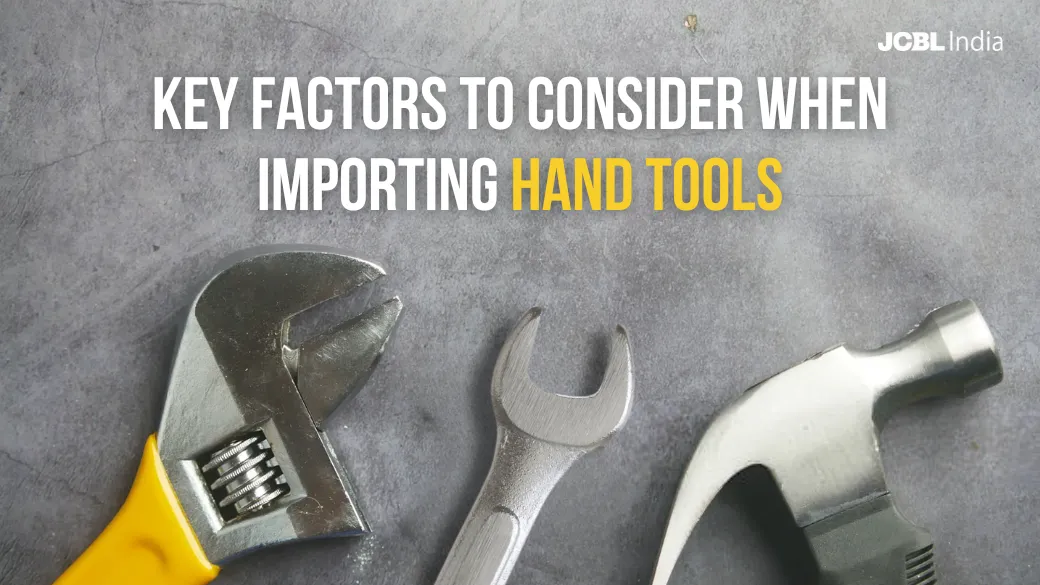
Key Factors to Consider When Importing Hand Tools for Your BusinessKey Factors to Consider When Importing Hand Tools for Your Business
In today’s highly competitive global market, businesses must source high-quality tools at the best prices to maintain efficiency and profitability. Importing hand tools is a strategic decision that can help [...]

Best Supplier of Hand Tools in BulgariaBest Supplier of Hand Tools in Bulgaria
In today’s fast-paced world of construction, industrial manufacturing, automotive servicing, and home improvement, the importance of having high-quality, durable, and efficient hand tools cannot be overstated. In Bulgaria—a country with [...]

Best Hand Tool Supplier in GermanyBest Hand Tool Supplier in Germany
Germany is renowned for its high standards in engineering and manufacturing, especially in the hand tool industry. Whether it’s for industrial use, professional craftsmanship, or DIY projects, having reliable hand [...]

Leading Suppliers of Hand Tools in FranceLeading Suppliers of Hand Tools in France
Hand tools have been integral to human craftsmanship for centuries, enabling workers across various industries to perform tasks with precision, efficiency, and safety. In France, a country known for its [...]

